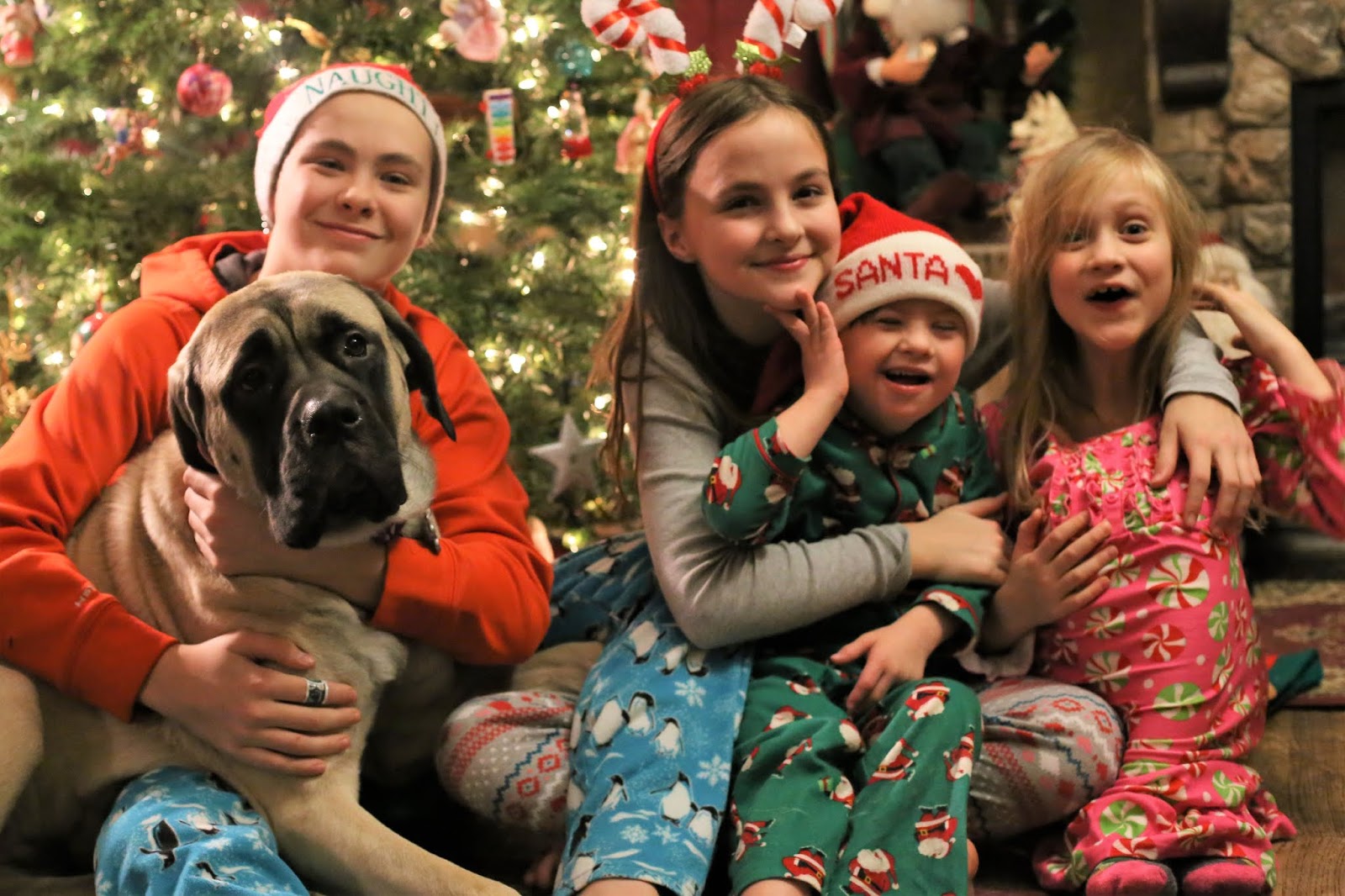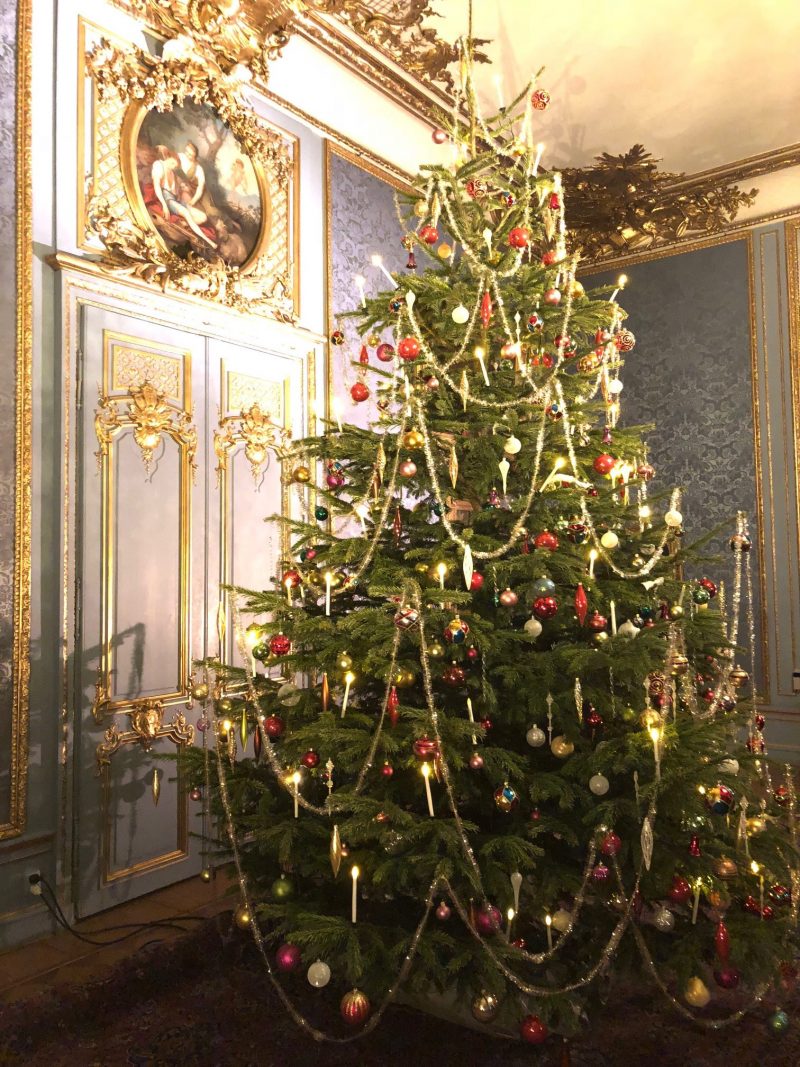The History of Christmas Tree Decorating Traditions

Christmas, a holiday deeply rooted in tradition and festivity, has a myriad of customs associated with it. Among these, the tradition of decorating Christmas trees is perhaps one of the most iconic. From their humble beginnings to the elaborate modern displays, the history of Christmas tree decorating is rich with cultural significance, symbolism, and evolution through time.
Origins of the Christmas Tree

The Christmas tree tradition traces its origins back to ancient pagan celebrations. The winter solstice was a pivotal moment in these ancient cultures, signifying the return of longer days. Evergreens, which remained green throughout the winter, were symbols of life amidst the barren landscape. Here's a brief overview:
- Ancient Rome: Saturnalia, a festival in honor of Saturn, involved decorating with laurel branches.
- Norse Vikings: Used evergreen trees to welcome the sun god back after the winter solstice.
- Celts: Decorated their homes with evergreens to keep spirits away and to bring fertility.
Christianization and German Influence

The transition from pagan to Christian symbolism was a gradual process. Here's how the tradition evolved:
- In the 7th century, Saint Boniface, a missionary in Germany, used the triangular shape of a fir tree to teach about the Holy Trinity.
- By the 16th century, Martin Luther is often credited with adding lighted candles to a Christmas tree, inspired by stars twinkling through the branches in the forest.
- Germans began decorating trees with apples, nuts, and other edible items, signifying the Tree of Knowledge in the Garden of Eden.
Table: Evolution of Christmas Tree Decorations

| Time Period | Decoration | Symbolism |
|---|---|---|
| 16th-17th Century | Apples, Nuts, Paper Roses | Paradise Tree, Holy Family |
| 18th Century | Candles, Figurines, Wafers | Light of Christ, Nativity Scene |
| 19th Century | Glass Ornaments, Handmade Decorations | Wealth and Craftsmanship |

The Spread of Christmas Trees

The concept of a Christmas tree gained popularity in England and the rest of the world through:
- Queen Victoria and Prince Albert, who popularized the German tradition in England after Prince Albert introduced a Christmas tree at Windsor Castle in the 1840s.
- The illustrated press in England, which published engravings of the royal family celebrating around their tree, sparking a public interest in adopting this festive tradition.
American Influence and Commercialization

Christmas trees made their way to America in the 19th century:
- German settlers in Pennsylvania brought over the tradition, but it didn't gain widespread popularity until well into the 19th century.
- President Franklin Pierce's Christmas tree in the White House in 1856 helped to cement the tradition in American culture.
- By the late 1800s, the commercialization of Christmas began, with Woolworth's selling imported glass baubles from Germany, leading to the rise in Christmas tree decorations industry.
🌟 Note: The commercialization of Christmas tree decorations was not only a cultural phenomenon but also spurred economic growth by creating new industries focused on holiday merchandise.
Modern Christmas Tree Traditions

Today, Christmas tree decorating has evolved to include:
- A wide variety of artificial trees alongside traditional live ones, offering convenience and sustainability.
- Electrical lighting replacing candles for safety and versatility in illumination options.
- Custom-made ornaments reflecting personal or familial histories, heirlooms, and pop culture icons.
Symbolism in Modern Times

While many might focus on the aesthetics, the symbols behind the Christmas tree decorations hold timeless significance:
- Star or Angel Toppers: Represent the Star of Bethlehem or the heavenly hosts announcing Christ's birth.
- Lights: Symbolize the light of Christ or the guiding star for the Magi.
- Ornaments: Each one can have a story or memory, making the tree a collective shrine of family history.
As we come to the end of our journey through the history of Christmas tree decorating, it's clear that this tradition is more than just a festive decoration. It's a tapestry of cultural evolution, symbolic depth, and shared human experiences that have transcended time, belief systems, and geographic boundaries. From ancient pagan rituals to modern commercial displays, the Christmas tree remains a central element in holiday celebrations, bringing light, joy, and unity to homes around the world during the darkest time of the year.
Why do we decorate Christmas trees?

+
Decorating Christmas trees has multiple origins, rooted in both pagan and Christian traditions. Pagans used evergreens to symbolize life amidst winter, while Christians adopted the tree to represent the Tree of Knowledge or Paradise. Decorations like lights and ornaments carry symbolic meanings or personal significance, creating a festive atmosphere.
What do the different decorations on a Christmas tree symbolize?

+
Common symbols include stars or angels toppers (Star of Bethlehem or announcing angels), lights (Christ’s light or the guiding star), and ornaments (personal histories, memories, or symbolic themes like the apples of the Paradise Tree representing the Garden of Eden).
How did the tradition of the Christmas tree spread worldwide?

+
The tradition spread through various means, including German immigrants, royal endorsement in England by Queen Victoria and Prince Albert, and then American commercialization and cultural influence through media and trade.


